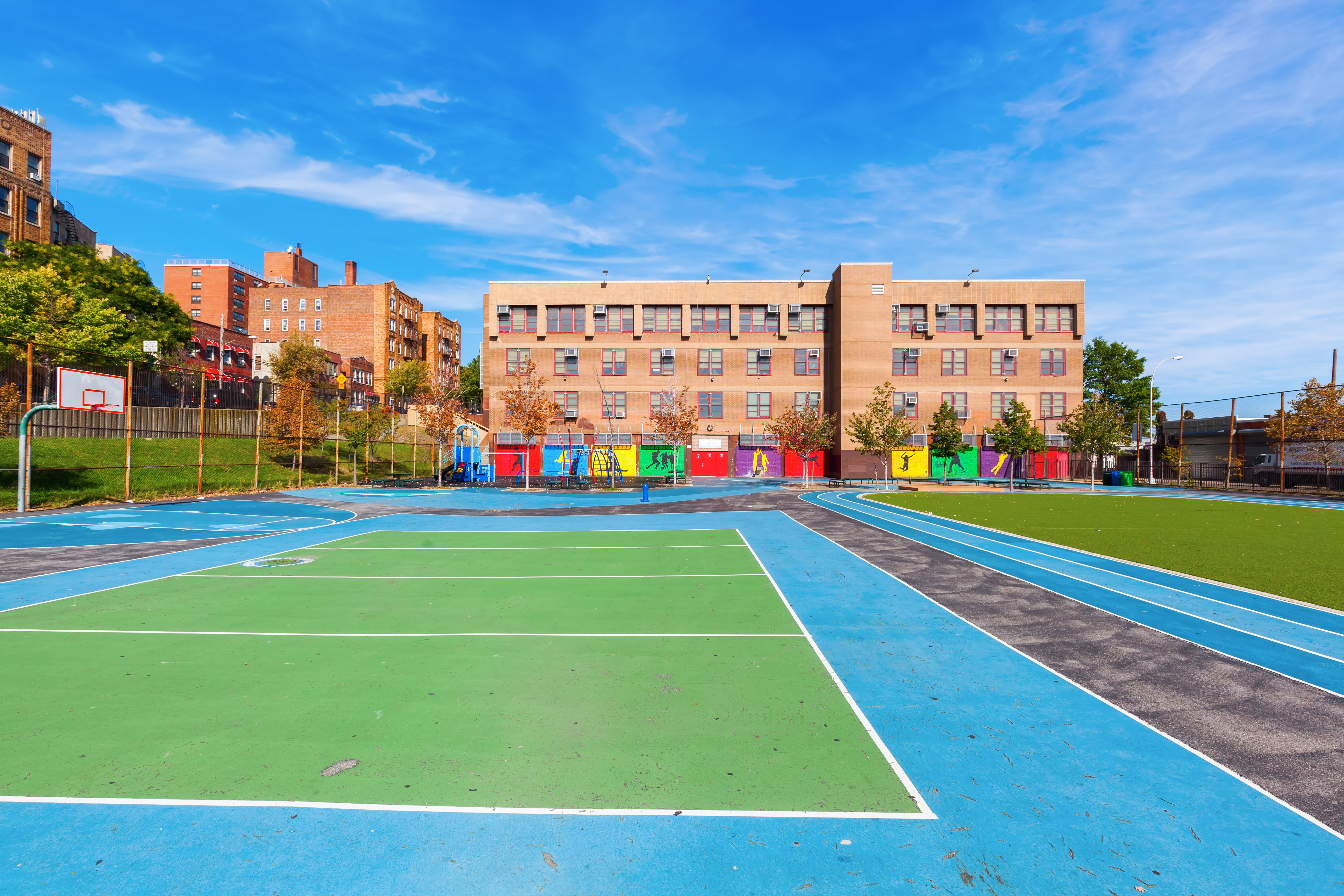The Use of Closed Circuit Cameras in Schools

One of the prime objectives for Australian schools is to ensure that they provide a stable, safe and secure teaching and learning environment for their students and teachers. The development and maintenance of this environment often results in the promotion of a safety culture that is often identified in orderly and disciplined schools.
According to Squelch and Squelch “A safe school may be defined as one that is free of danger and possible harm; a place in which staff and students can work, teach and learn without fear of intimidation, harassment, humiliation and violence. Therefore, a safe school is one that is physically and psychologically safe.”
Therefore, in seeking to develop an overall ‘Safe School’ definition, it could be argued that a safe school is defined by having a positive discipline process, an absence of anti-social behaviour, a culture that is conducive to high quality teaching and learning, highly professional teacher conduct, positive parent and general community involvement and above all, good governance and management practices.
One strategy that can be used in schools to promote and strengthen the culture of feeling safe is the use of surveillance technology.
The use of this technology can enhance the perception of safety amongst students and staff, can protect school property against acts of vandalism and can aid in the identification of perpetrators of crimes and anti-social behaviour. Security experts in schools that use surveillance technologies comment that students and teachers seem to appreciate the increased sense of security and peace of mind. Research also suggests that although cameras are generally passive, information about their presence quickly becomes apparent throughout the school and the wider community. Schools advise that the school community feels safer knowing that potential perpetrators will be scared off by the presence of cameras before committing an offence.
Although the use of closed circuit television (CCTV) and/or webcams may be relatively new in schools, the use of surveillance technology in society is not new. CCTV and/or webcams are commonplace in areas such as shopping centres, offices, banks, airports and government buildings. Once again, as in the systems used by schools, the aim is to increase the overall feeling of being safe, to deter unlawful and inappropriate activity and to aid in the identification of those who choose to break the law.
According to the WA Department of Education School Security Policy (Jan 2011), the use of CCTV/webcams is one of several strategies used by the Department of Education to boost security in government schools. According to departmental guidelines, government schools in WA may use CCTV/webcams if they:
- consult with school staff, the school council and the parents’ and citizens’ association prior to the implementation of a CCTV system, and document and address any concerns raised;
- seek advice and gain approval from the Department’s Security Section prior to any installation of a CCTV system in a school;
- register the CCTV system online with the Western Australian Police Blue Iris program at https://blueiris.police.wa.gov.au;
- seek approval from the Department’s Security Section when considering installing covert (hidden) surveillance cameras; and
- verify that the installation of covert (hidden) surveillance cameras complies with the Surveillance Devices Act (1998).
The guidelines further require that schools must ensure that the ‘system does not reasonably infringe on the privacy of individuals’ and the use of a video surveillance system ‘should only be considered if no other appropriate options have proven or are likely to prove successful’.
Privacy Issues
The Privacy Act (1988) (the Act) protects personal information that is held, or collected for inclusion, in a ‘record’. A record is defined within the Act to include photographs or other pictorial representation of a person. Therefore, if an individual’s identity can reasonably be ascertained from a photograph or video image, then the collection, use and disclosure of that image is covered by the Australian Privacy Principles (APPs). The APPs applicable to the collection, use and disclosure of personal information also apply to the taking and publication of images.
Therefore, as part of their Privacy and ICT Policies, schools who use surveillance technologies such as CCTVs or webcams should advise all visitors, volunteers, students, parents and staff of the school’s right to monitor and record personal images and the collection, use, storage and disclosure of those images. Signs affixed in suitable places may assist with providing information that the technologies are in use. People, not young children, who enter the campus or facilities, and read the signs, give their ‘tacit approval’ to have their image captured and stored.
Schools can legitimately install surveillance cameras in and around school premises as part of their security systems and safety procedures to ensure that they provide a safe environment for students, staff and visitors. Under most circumstances this would constitute reasonable measures to address the risk of intruders, vandalism, and unauthorised student exits. These are all valid reasons under workplace health and safety legislation and student duty of care obligations.
However, the surveillance technologies laws of each state and territory differ considerably both in terms of the types of surveillance devices they regulate and the circumstances in which those devices may or may not be used. In addition, different state and territory workplace surveillance legislation prohibits employers monitoring their employees at work through covert surveillance methods such as the use of CCTV cameras or computer, internet and email surveillance. Once again there are inconsistencies between these laws, and such laws only exist in three jurisdictions (the ACT, NSW and Victoria).
State and territory surveillance acts include:
- Workplace Surveillance Act 2005 (NSW);
- Listening and Surveillance Devices Act 1972 (SA);
- Listening Devices Act 1991 (Tas);
- Surveillance Devices (Workplace Privacy) Act 2006 (Vic);
- Surveillance Devices Act 1998 (WA); and
- Workplace Privacy Act 2011 (ACT).
In Western Australia, the Surveillance Devices Act 1998 deals with the use of surveillance devices to monitor private activities which are defined as: “private activity: any activity carried on in circumstances that may reasonably be taken to indicate that any of the parties to the activity desires it to be observed only by themselves, but does not include an activity carried on in any circumstances in which the parties to the activity ought reasonably to expect that the activity may be observed;”
In NSW the Workplace Surveillance Act 2005 (NSW) (and similar legislation in the ACT) makes it illegal to film employees covertly while they are at work (or at school, in the school employment context) unless certain notification and consultation conditions have been met.
The (roughly) equivalent Victorian legislation (the Surveillance Devices Act 2009 (Vic)) relating to video surveillance prohibits employers recording in toilets, washrooms, change rooms and lactation rooms. In addition, the Victorian legislation and the Western Australian Act have more general prohibitions against recording of 'private activities' or 'private conversations' unless the parties ought reasonably to know that they might be observed.
Schools that choose to use surveillance devices need to ensure that they are compliant with the relevant Act in their State or Territory as well as with the APPs in the Privacy Act (1988).
To record or not to record…..
Surveillance technologies may be useful in achieving some of the objectives listed within this article. The school’s objectives should be well defined and understood by all stakeholders in all stages of the planning, implementation, and assessment processes.
However, they are not the only means to the achievement of a culture of safety and should not be used in isolation. Schools should have a strategic plan and direction where the possible use of surveillance technologies is just one aspect of the overall process that leads to the inculcation of a safe school culture.
Therefore, schools should consider the following issues before deploying a CCTV surveillance system:
- Will the use of surveillance technologies further enhance the feeling of well-being and safety in the school or will they support or propagate a ‘big brother is watching you’ mentality?
- Are there any specific security threats and concerns that the school is attempting to address by using surveillance technologies? How will the technology address these concerns and how will the school actually use it on a day-to-day basis?
- Will the school lease or purchase the equipment? Will it become obsolete in 2 to 3 years? How will it be maintained, repaired and upgraded? Will it be supported by the school’s insurance company and will its installation and use result in reduced insurance premiums?
- Are there any possible unintended consequences of the deployment of these technologies?
- Will the installation, positioning and use of these devices breach relevant state or federal laws?
- How will all members of the school community be informed/consulted about the installation and use of the technologies?
- Does the school require written consent from each parent/guardian for each child if the devices are to be used during normal school operating times? For example, in the monitoring of the school ‘Sick Bay’ area. Some schools already use CCTV to monitor their ‘Sick Bay’ facilities or similar if they are not in direct view of a member of staff.
- Privacy issues:
- When will the equipment be used?
- How and where will images be stored?
- How will the recorded images be used and by whom?
- Will students, parents, staff and visitors have the right to ‘check and correct’ the personal information stored within these images?
- When/how long will the images be stored/destroyed?
- How will the recorded data be kept safe?
- Under what circumstances will surveillance information be provided to third parties such as the police or others?
Schools should conduct a formal Privacy Risk Assessment to determine the degree of intrusiveness and the risk of breaching privacy rights. The more intrusive the surveillance devices are, the greater the risk of breaching privacy rights.
Schools should also develop a surveillance policy for use before installing the equipment to eliminate any possible confusion. It is essential that schools consider the type of system that is best suited to achieving the goals they have identified, to determine the appropriate locations for installing devices and the operational times of the system. The design and operation of the system should present as little intrusion as possible and be sufficient to meet only the stated objectives or goals as set out within the policy.
About the Author

Craig D’cruz
Resources you may like
Article
Compliance Training Plans: How Can They Help?
I’m often asked by schools, “What training courses are my staff legally required to complete, and...
Read MoreArticle
Sextortion: A Growing Concern for Schools
Trigger warning: This article references sexual assault, child abuse, and suicide.
Read MoreArticle
Changes to the Australian Consumer Law – What Schools Need to Know
Many schools rely on standard form contracts to avoid the time and cost of drafting and negotiating...
Read More
